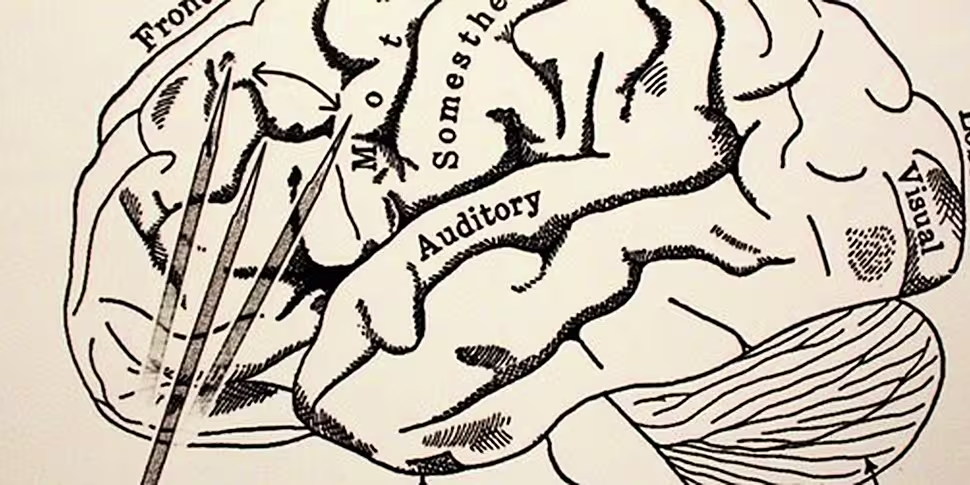November 12th, 1935 stands as one of the darkest days in the history of mental healthcare. It was on that day that Portuguese neurologist António Egas Moniz oversaw the world’s first ever ‘leucotomy’. Unable to perform the procedure himself due to a gout-induced deformity in his hands, the task fell to his assistant, who drilled two holes into the 60-year-old woman’s skull and injected pure alcohol into her brain’s frontal lobes.
Nobody remembers the woman’s name, but she was the first victim of the lobotomy. And the first step to arguably the most controversial Nobel Prize ever awarded.
On this evening’s The Right Hook, Futureproof’s Jonathan McCrea will be live in studio with George to talk about the tragic history of one of the medical profession’s most controversial procedures, ahead of next week’s special episode about lobotomies. Tune in at 6pm, or listen back to the show’s podcasts.
When Moniz first published his findings on his experimental procedure in 1936, based on the 20 test patients he’d worked on in Lisbon, he was hopeful; seven had been cured of their mental illness, eight more had shown some slight improvement, and the remaining six had stayed the same. The side effects of the leucotomy – incontinence, apathy, memory loss – were all believed to be temporary.
At that time, mental illness was so stigmatised and difficult to treat that the lobotomy was heralded as a huge medical breakthrough, becoming popular all over the world, and particularly in the USA.
But hammering a needle directly into the brain and scooping around to severe brain connections is a primitive and brutal operation, and often produced irreversible and unexpected effects. For the few success stories, there are many more victims, with the best known, perhaps, Rosemary Kennedy, the sister of JFK. At the age of 23 in 1941, in an effort to treat her violent mood swings, she was lobotomised. She was left incontinent and incapable of speech, and with the mental level of a two-year-old child until her death at the age of 86.

In the 1980s, Moniz appeared on the 10,000 Escudo banknote in his native Portugal [Wiki Commons]
The Nobel Committee awarded the 1949 Medicine Prize to Moniz, who arguably could have won the prize years before for his groundbreaking work in detecting brain tumours. But shortly after the prize was awarded, popular opinion amongst the medical community began to shift away from the lobotomy, with many criticising its effectiveness and raising questions about its ethical outcomes.
Several campaigns have been launched in an attempt to have the Nobel Committee take back its 1949 prize, though to date it remains – regardless of the controversy surrounding it. In Portugal, Moniz was long considered a hero, and was honoured on the centenary of his birth with a number of stamps commemorating his addition to mental health treatment.
As for Moniz himself, he nearly lost his life at the hands of a patient in 1949; a confused psychotic patient got his hands on a gun and fired four shots at him. Moniz was wheelchair bound after the failed assassination attempt until his death at the age of 81 in 1955.









